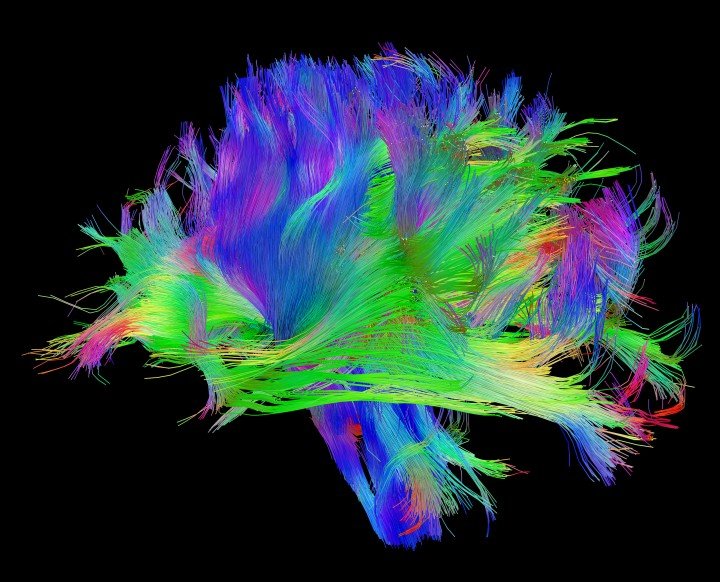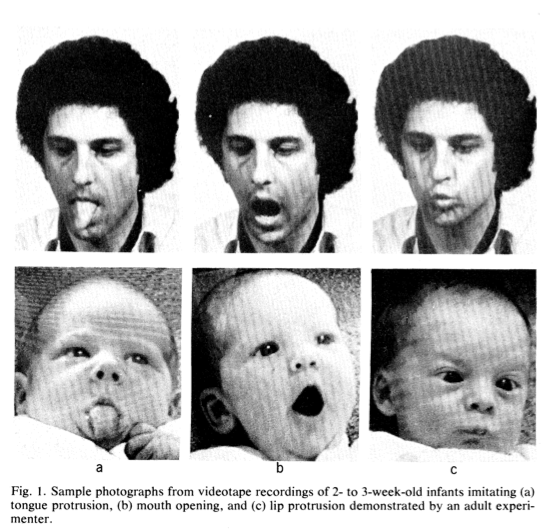In the previous chapter we left a question open. How can we produce an accurate and objective description of reality if our senses are not so reliable?
There’s a theory out there, which more than a theory is a funny thought experiment, called “The Simulation Hypothesis”, it states that the reality as we know it and ourselves are just the product of a simulated world, just like “The Matrix”.
Imagining such scenario, the beings that created our reality may have fun disrupting our physics, for instance making the moon disappear for one day and reappear the day after. In this case it would a good idea to question the validity of reality. But if these beings choose to keep laws of nature consistent over time there is no way for us to prove we are in a simulation.
It makes no sense, from a scientific standpoint, to care about such issues. There is not, and there will never be, a way to explore the “outside world” if we are confined in our simulated one. Therefore we must accept the universe we live in as reality and explain it through the best reference frame we have available.
The only tool we have to do that is in our skull.
The Human brain
All the information we receive from the external world are processed by our brain which is the most complicated machine known to mankind, but complicated doesn’t mean impossible to understand and neuroscience allows us to make different approaches.
One of them started in 1986 when Sidney Brenner, scientist at the university of Cambridge, and his colleagues represented the first neural map of the C. Elegans brain, a small worm with a brain of 302 neurons in total, today we refer to this map as The Connectome and neuroscientists are finally working on the human brain.
The Human Connectome Project provides us a visual representation of the brain’s neural network (See the image above), something like a roadmap that tells us where cars can drive, but it does not tell us where and when the cars are driving.
Due to this limitation the Connectome Project is not the definitive answer to understand the human brain, but a useful tool which confirmed us that the brain is a decentralized distributed system which “stores” information through memory. Memory itself is also a decentralized distributed process which prioritize information based on two main criteria: Repetition and Unexpectedness.(This is an oversimplification, this topic is much more complex, but it will be useful later in this series). These two factors play a huge role on the mechanics of understanding, but for now pure neuroscience has its limits when it comes to explain human behaviours, for this reason we developed a discipline to study and explain it: Psychology.
.
The imitation game
So far in this series we have focused on the validity of our Reality and the way the brain processes information received by our senses, but when do we really start to learn?
It all starts few minutes later you are born.
As infants we understand the world around us creating a non verbal relationship with our parents and the means we use to bond with our kind is imitation. It May sound strange, but studies confirmed that babies no more than **1 hour ** into this world can already mimic facial expressions made by their parents (image above). This behaviour suggest that we have an unborn ability to understand that those people the infant is imitating are just like him/her.
This explanation makes a lot of sense considering the context in which humans have developed and the way civilisations were born.
We will see in the next chapter how this “imitation game” allowed Humans to have a better understanding of their surroundings and therefore the necessary advantage to master the world they were born in, but also what are the pitfalls of this mechanism.
Super-Duper Important Footnote
I’m really happy making these posts because it pushes me to research on topics I always wanted to study in deep, but never had the time to. So thanks to everyone who spent his/her time to read these posts and thanks for your amazing feedback, it means a lot for me!
If you want to read more or if you like this series, consider to Upvote and Follow, it helps me out a lot and it is a great additional incentive to continue!
Thank you all once again and I’ll see you in the next article!


This post received a 1.7% upvote from @randowhale thanks to @bendelgreco! For more information, click here!
meep
I'm definitely very interested in the "mechanics of understanding" from a neuroscience perspective. I think this is the first time in history when we can pursue this in a scientific way. Philosophy and psychology didn't have the tools to investigate such a question, unfortunately.
I agree, philosophy is inadequate to explain reality in the modern era and psychology has huge limits due to its nature. Even though neuroscience has a long way in front of it, it is the most promising tool mankind has ever had to explain how the brain works.
Nice post very informative
Thanks, following you now.
I think we need a Neuroscience category in the chainBB forum. Do you ever use it?
Thank you! It is not the first time I ear about chainBB, but I never used it. I'm taking a look right now :-) Why do you use it?
I like seeing the most active articles (and new ones) bumped up to near the top - that is different to the earnings or trending. The forum thus defines "trending" as "activity", not money.
I see, it may be interesting to have a look at the forum then. Thanks for the advice!
Ben, nice series!! First of all, thank you for following me so I could find the person who thinks the same. I absolutely agree - a human brain is the most complicated machine. Upvote, follow and a small compliment in art form for me%) Please, keep writing more series - it is very interesting to read%))
.jpg)